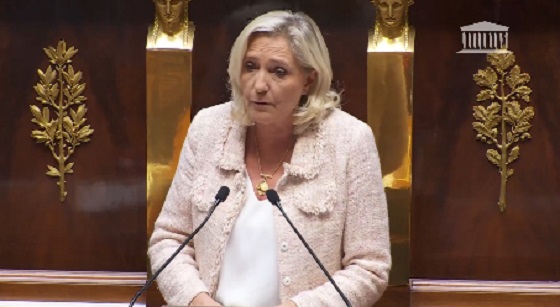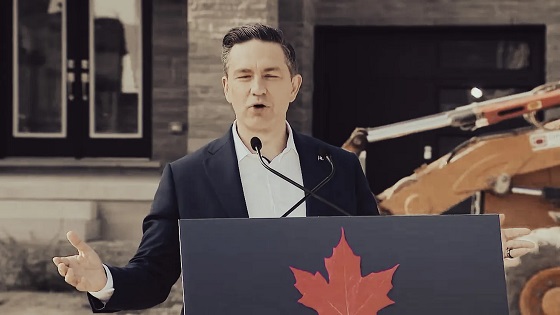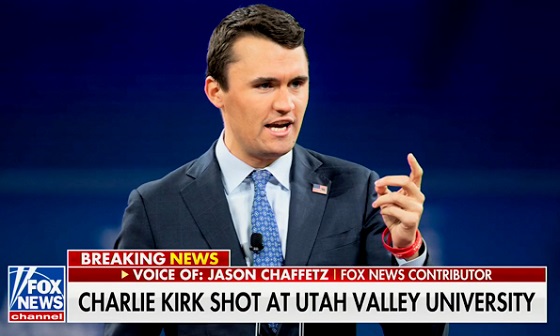Frontier Centre for Public Policy
We should follow New Zealand on housing and free up more land for growth

From the Frontier Centre for Public Policy
By Wendell Cox
Attempts to contain ‘urban sprawl’ have driven land prices sky-high. It’s time to abandon densification strategies.
Not so long ago, house prices tended to be around three times household incomes in most housing markets in Canada, the U.S., the U.K., Ireland, Australia and New Zealand. But over the past half-century, many local and provincial governments have tried to stop the expansion of urban areas (so-called “sprawl”) by means of urban growth boundaries, greenbelts and other containment strategies.
Though pleasing to planners, the results have been disastrous for middle- and lower-income households, sending housing prices through the roof, lowering living standards and even increasing poverty. International research has associated urban containment with escalating the underlying price of land, not only on the urban fringe where the city meets rural areas, but also throughout the contained area.
Canada’s current housing affordability crisis is centred in “census metropolitan areas” that have tried containment. Vancouver, which routinely places second or third least affordable of 94 major metropolitan areas in the annual Demographia International Housing Affordability report, has experienced a tripling of house prices compared to incomes. In the third quarter of last year, the median house price was 12.3 times median household income. In less than two decades, the Toronto CMA has experienced a doubling of its house price/income ratio, to 9.3.
Not surprisingly, both CMAs are seeing huge net departures, principally to less expensive markets nearby, such as Kitchener-Waterloo, Guelph, London, Nanaimo, Chilliwack and Kelowna. But these areas are also experiencing vanishing affordability as they too impose Vancouver- and Toronto-like policies.
In recent years, Canadian governments have adopted densification strategies — on the assumption that making cities more crowded will restore housing affordability. But evidence of that is limited. Yonah Freemark of the Urban Institute characterizes the literature as indicating “that upzonings offer mixed success in terms of housing production, reduced costs, and social integration in impacted neighborhoods; outcomes depend on market demand, local context, housing types, and timing.”
Like Canada, New Zealand has seen its house prices grow much faster than household incomes, also mainly because of urban containment policies. Auckland routinely ranks as one of the world’s least affordable markets. But in what may be a watershed moment for housing policy worldwide, New Zealand’s recently elected coalition government is giving up on densification and instead, with its Going for Housing Growth program, is aiming at the heart of the issue by addressing the cost of land.
Under new proposals, local governments will be required to zone enough land for 30 years of projected growth and make it available for immediate development. According to the government, local governments’ deliberate decision to restrain growth on their fringes has “driven up the price of land, which has flowed through to house prices,” and it cites research indicating that “urban growth boundaries add NZ$600,000 (C$500,000) to the cost of land for houses in Auckland’s fringes.”
The new policy will rely on a 2020 act allowing public agencies and private developers to establish “Special Purpose Vehicles” — corporations established for financing housing-related infrastructure, with the costs to be repaid by homeowners over up to 50 years. This removes the infrastructure burden from governments, as has also been done in “municipal utility districts” (MUDs) in Texas and Colorado. MUDs are independent entities empowered to issue bonds and collect fees to finance and manage local infrastructure for new developments.
New Zealand’s government believes guaranteeing plentiful access to land will result in an increased supply “inside and at the edge of our cities … so that land prices are not inflated by artificial planning restrictions.” The same strategy could help here. Unlike most urban planners, most Canadians do not want higher population density. A 2019 survey of younger Canadian households by the Mustel Group and Sotheby’s found that on average across four metropolitan areas (Toronto, Montreal, Vancouver and Calgary) 83 per cent of such families preferred detached houses, though only 56 per cent had actually bought one.
Households that move from the big city to Kitchener-Waterloo, say, or Chilliwack not only want to save money, they also want more house and probably a yard. Detached housing predominates in these affordability sanctuaries, compared to the Vancouver and Toronto CMAs.
Urban planners continue to complain about urban expansion, but that is how organic urban growth occurs. Toronto and Vancouver show that the cost of taming expansion is unacceptably high: inflated house prices, higher rents and, for increasing numbers of people, poverty. It is time to prioritize the well-being of Canadian households, not urban planners.
Wendell Cox, a senior fellow at the Frontier Centre for Public Policy, is author of the Centre’s annual Demographia International Housing Affordability report.
Frontier Centre for Public Policy
Every Child Matters, Except When It Comes To Proof In Kamloops
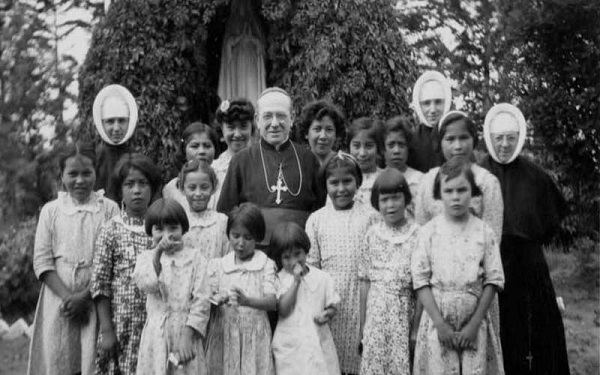
From the Frontier Centre for Public Policy
If murdered women justify landfill digs in Winnipeg, why hasn’t Kamloops lifted a shovel for its alleged 215 child graves—despite $12 million and four years of national mourning?
Winnipeg searched a landfill to honour Indigenous women, but Kamloops has yet to dig a few feet for its missing children
If Canadians are serious that every child matters, we should at least know the names of the “missing” Indian Residential Schools children about whom we hear almost daily in mainstream media reports.
There are frequent reports of news conferences staged by Indigenous band leaders proclaiming new ground-penetrating radar (GPR) “discoveries” of unmarked graves at former residential schools. GPR detects soil disturbances, but it cannot confirm whether they are human remains or even graves. The reality is that the small number of excavations which have occurred have yielded no human remains, despite stories of clandestine burials told by Indigenous knowledge keepers.
By contrast, in Winnipeg, excavations have been happening at landfills to search for the bodies of Indigenous women murdered by a serial killer. Yet after more than four years of gut-wrenching stories about the apple orchard at the former Kamloops Indian Residential School, not a single excavation has been carried out to confirm the alleged burial of more than 200 children.
On May 27, 2021, the Tk’emlúps te Secwépemc First Nation announced that radar had revealed anomalies consistent with possible graves near the former school. Following that announcement, many First Nations made similar claims based on GPR. Yet no band, including Kamloops, has identified a single missing child by name. Kamloops alone has received $12 million in federal funding for excavation work, but no digging has taken place, and no explanation has been given for the delay.
Are we serious? If murdered Indigenous women in Winnipeg matter enough to prompt landfill searches, why don’t the children allegedly buried at Kamloops matter enough for an excavation?
Sometimes it seems Canadians are far too willing to look away, even at the risk of being disingenuous. The Heather Stefanson government in Manitoba was defeated in the 2023 election, famously because it refused to search landfills for murdered Indigenous women. Yet the Kamloops allegation—one of the gravest ever levelled in Canadian history, involving the alleged murder and burial of more than 200 children—remains untested.
In the meantime, copycat “discoveries” have spread across the country, the media has fanned a moral panic at home and abroad, orange T-shirts have become a fixture, and schoolchildren are taught that allegations of murder, rape, mayhem and mass graves are fact. Orange Shirt Day and the phrase “Every Child Matters” became national symbols of reconciliation after the Kamloops announcement, further entrenching the narrative.
In Manitoba, Morgan Harris and Marcedes Myran, two Indigenous women murdered in Winnipeg, mattered. Their families and communities mattered. If First Nations in B.C. and elsewhere—and indeed all Canadians—truly believe every child matters, and if many still believe there are children buried at Kamloops, why are Canadians kept in the dark? Indigenous families in particular are being told, and teaching their children, that genocide explains the inequality—social, economic and otherwise—they endure today.
It’s tempting to blame governments for fuelling the panic or the mainstream media for refusing to ask basic questions. Yes, they bear responsibility. But the spark came from Kamloops, and only Kamloops can settle this. Its own GPR specialist recommended excavation. That would prove whether bodies exist, identify who the children were, and reconnect them to their families and communities.
Instead, Canadians are asked to accept the story on faith. After four years with no excavation and no names, credibility is stretched to the breaking point.
Consider the contrast: Manitoba Premier Wab Kinew says $18 million was spent to dig through thousands of tonnes of hazardous landfill to recover the remains of Morgan and Marcedes. Kamloops, with $12 million to dig just a few feet, has yet to act.
Something is wrong with this picture. Either compassion for Indigenous children is missing, or the “missing” children aren’t missing at all.
Where is that compassion Canadians love to think they possess?
Or is it simply not true that every child matters?
James C. McCrae is a former attorney general of Manitoba and Canadian citizenship judge.
Banks
Debanking Is Real, And It’s Coming For You

From the Frontier Centre for Public Policy
Marco Navarro-Genie warns that debanking is turning into Ottawa’s weapon of choice to silence dissent, and only the provinces can step in to protect Canadians.
Disagree with the establishment and you risk losing your bank account
What looked like a narrow, post-convoy overreach has morphed into something much broader—and far more disturbing. Debanking isn’t a policy misfire. It’s turning into a systemic method of silencing dissent—not just in Canada, but across the Western world.
Across Canada, the U.S. and the U.K., people are being cut off from basic financial services not because they’ve broken any laws, but because they hold views or support causes the establishment disfavors. When I contacted Eva Chipiuk after RBC quietly shut down her account, she confirmed what others had only whispered: this is happening to a lot of people.
This abusive form of financial blacklisting is deep, deliberate and dangerous. In the U.K., Nigel Farage, leader of Reform UK and no stranger to controversy, was debanked under the fig leaf of financial justification. Internal memos later revealed the real reason: he was deemed a reputational risk. Cue the backlash, and by 2025, the bank was forced into a settlement complete with an apology and compensation. But the message had already been sent.
That message didn’t stay confined to Britain. And let’s not pretend it’s just private institutions playing favourites. Even in Alberta—where one might hope for a little more institutional backbone—Tamara Lich was denied an appointment to open an account at ATB Financial. That’s Alberta’s own Crown bank. If you think provincial ownership protects citizens from political interference, think again.
Fortunately, not every institution has lost its nerve. Bow Valley Credit Union, a smaller but principled operation, has taken a clear stance: it won’t debank Albertans over their political views or affiliations. In an era of bureaucratic cowardice, Bow Valley is acting like a credit union should: protective of its members and refreshingly unapologetic about it.
South of the border, things are shifting. On Aug. 7, 2025, U.S. President Donald Trump signed an executive order titled “Guaranteeing Fair Banking for All Americans.” The order prohibits financial institutions from denying service based on political affiliation, religion or other lawful activity. It also instructs U.S. regulators to scrap the squishy concept of “reputational risk”—the bureaucratic smoke screen used to justify debanking—and mandates a review of past decisions. Cases involving ideological bias must now be referred to the Department of Justice.
This isn’t just paperwork. It’s a blunt declaration: access to banking is a civil right. From now on, in the U.S., politically motivated debanking comes with consequences.
Of course, it’s not perfect. Critics were quick to notice that the order conveniently omits platforms like PayPal and other payment processors—companies that have been quietly normalizing debanking for over a decade. These are the folks who love vague “acceptable use” policies and ideological red lines that shift with the political winds. Their absence from the order raises more than a few eyebrows.
And the same goes for another set of financial gatekeepers hiding in plain sight. Credit card networks like Visa, American Express and Mastercard have become powerful, unaccountable referees, denying service to individuals and organizations labelled “controversial” for reasons that often boil down to politics.
If these players aren’t explicitly reined in, banks might play by the new rules while the rest of the financial ecosystem keeps enforcing ideological conformity by other means.
If access to money is a civil right, then that right must be protected across the entire payments system—not just at your local branch.
While the U.S. is attempting to shield its citizens from ideological discrimination, there is a noticeable silence in Canada. Not a word of concern from the government benches—or the opposition. The political class is united, apparently, in its indifference.
If Ottawa won’t act, provinces must. That makes things especially urgent for Alberta and Saskatchewan. These are the provinces where dissent from Ottawa’s policies is most common—and where citizens are most likely to face politically motivated financial retaliation.
But they’re not powerless. Both provinces boast robust credit union systems. Alberta even owns ATB Financial, a Crown bank originally created to protect Albertans from central Canadian interference. But ownership without political will is just branding.
If Alberta and Saskatchewan are serious about defending civil liberties, they should act now. They can legislate protections that prohibit financial blacklisting based on political affiliation or lawful advocacy. They can require due process before any account is frozen. They can strip “reputational risk” from the rulebooks and make it clear to Ottawa: using banks to punish dissenters won’t fly here.
Because once governments—or corporations doing their bidding—can cut off your access to money for holding the wrong opinion, democracy isn’t just threatened.
It’s already broken.
Marco Navarro-Genie is vice-president of research at the Frontier Centre for Public Policy and co-author, with Barry Cooper, of Canada’s COVID: The Story of a Pandemic Moral Panic (2023).
-

 Artificial Intelligence2 days ago
Artificial Intelligence2 days agoWhat are data centers and why do they matter?
-
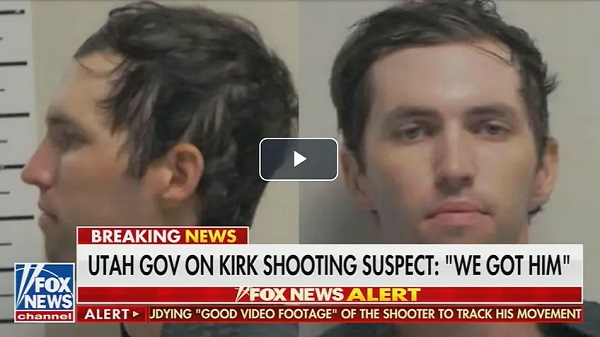
 Crime2 days ago
Crime2 days agoDown the Charlie Kirk Murder Rabbit Hole
-
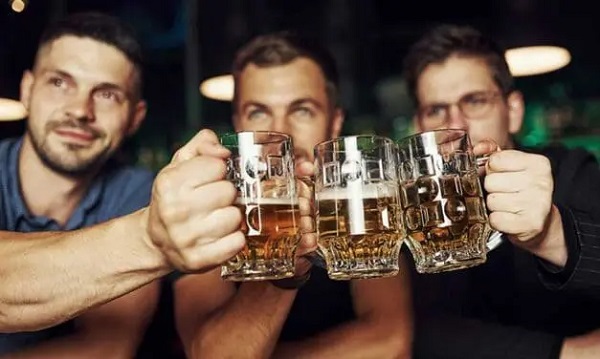
 Business2 days ago
Business2 days agoIt’s time to finally free the beer
-
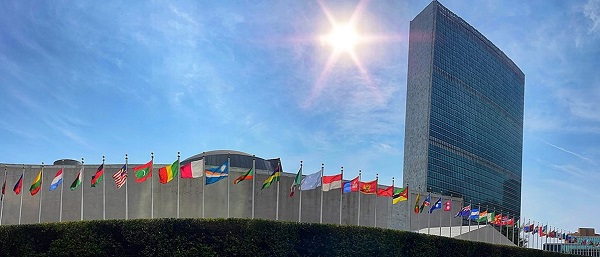
 Daily Caller2 days ago
Daily Caller2 days agoTrump Admin To Push UN Overhaul Of ‘Haphazard And Chaotic’ Refugee Policy
-

 Business2 days ago
Business2 days agoCarney Admits Deficit Will Top $61.9 Billion, Unveils New Housing Bureaucracy
-
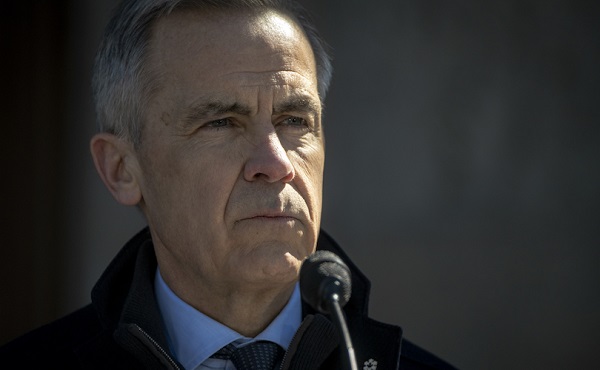
 Business1 day ago
Business1 day agoCarney’s Ethics Test: Opposition MP’s To Challenge Prime Minister’s Financial Ties to China
-

 Business24 hours ago
Business24 hours agoAttrition doesn’t go far enough, taxpayers need real cuts
-

 Business23 hours ago
Business23 hours agoCarney government’s housing GST rebate doesn’t go far enough


